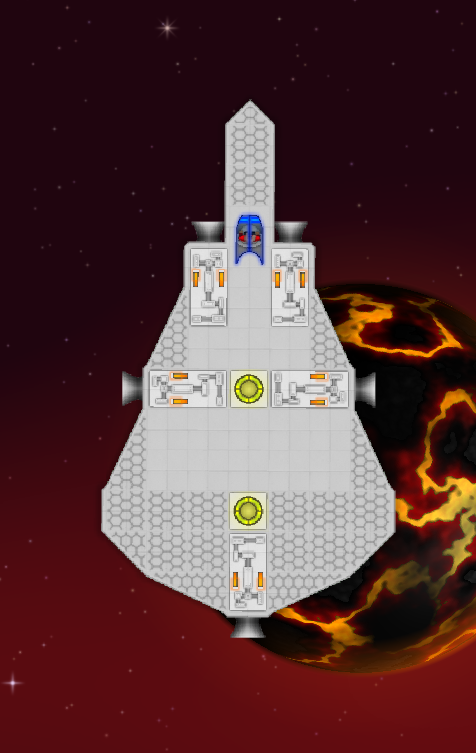
It takes electrical power to maintain the water flow, so if there is a power failure, the nuclear plant's situation becomes critical.

As a way to cool them down, the entire apparatus is submerged in water. This stops the nuclear reaction from continuing, but the fuel rods are still extremely hot. To shut down a power plant, engineers activate the control rods to cut off the process of nuclear fission inside the fuel rods. The control rods can be used to regulate the water temperature by absorbing neutrons floating in the water. The process is regulated with so-called control rods located between the fuel rods. Fukushima plant is one of the biggest nuclear stations in the world Image: AP That's how water in the reactor is brought to a boil. During the process, the rods, which are made of enriched uranium, undergo radioactive decay and release large amounts of energy. It's the nuclear fission - how fuel rods are heated up - that is important. Then, the water is cooled and pumped back into the reactor and the process can begin again. Electricity is produced when the steam passes through a turbine. That heats up fuel rods in the reactor, which in turn bring water in the reactor to a boil and convert it to steam. When functioning normally, energy production in a boiling water reactor starts with a process known as nuclear fission. Japan's Fukushima Daiichi plant, which was damaged by Friday's earthquake, employs six boiling water reactors.

In a nuclear meltdown, it all comes down to a power plant's reactor.


 0 kommentar(er)
0 kommentar(er)
